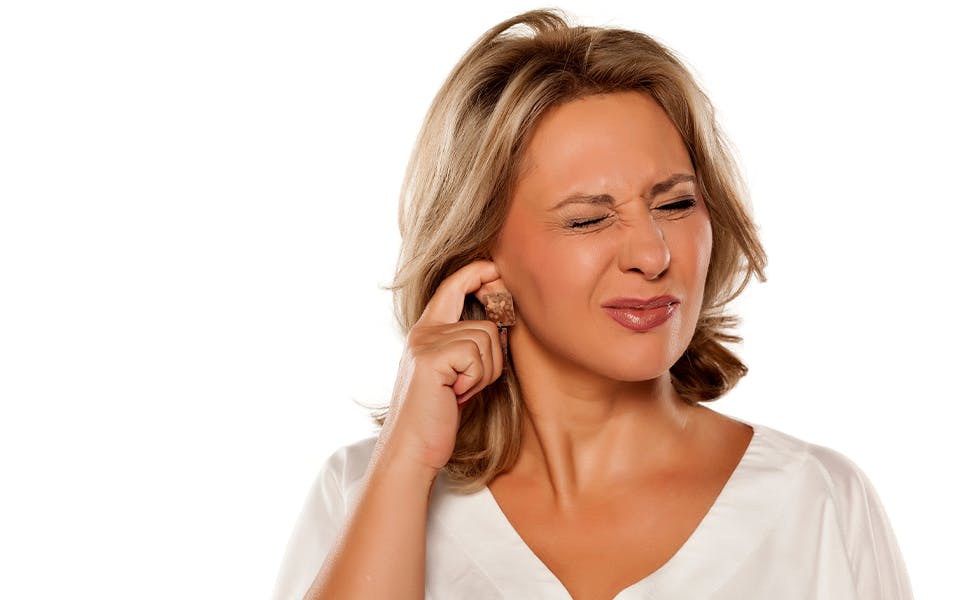There’s plenty of confusion surrounding ear hygiene, particularly ear wax removal. Many people hold strong beliefs about the appropriate methods; while some make sense, others simply aren’t backed by science.
The ears are one of the most important sensory organs in the human body. With that in mind, your ear wax removal regimen is too central to your health to be guided by faulty information.
Here are the 5 most common ear wax removal myths you’re better off not hearing:
#1 You Should Remove Your Ear Wax Daily
While it might seem hygienic to clean your ears daily, your ears can do this for you. Here’s how:
The inner ear is the site of ear wax, or cerumen, production. In its initial form, it is semi-liquid, pushing itself farther into the outer ear. The natural outward flow of cerumen collects dead cells and debris along the way. Eventually, ear wax containing debris flows to the outer ear and then out. It will do this whether you choose to clean it or not.
Indeed, there’s a place for swabbing or wicking your ears. However, there’s no need to worry if you forgot to remove ear wax for a day or two.
RELATED ARTICLE: The Importance of Balance Tests
#2 Cotton Swabs Are the Best Ways to Remove Ear Wax
The best ear wax removal practice involves both the careful use of cotton swabs and a solution that softens ear wax. Most common over-the-counter solutions contain hydrogen peroxide; while hydrogen peroxide is usually used for treating wounds, it does have properties that break up ear wax.
Only after you’ve softened your ear wax should you proceed with ear wax removal using cotton swabs.
#3 Doctors Recommend Candles
The premise behind candling is that the heat from the candle’s flame generates a vacuum pressure, which will (supposedly) suck out your ear wax.
On paper, it might seem sound, but there’s no scientific basis for this practice. On the contrary, otolaryngologists have found the practice to be harmful, causing ear wax to build up to the point of a consolidation.
It’s for this reason that doctors don’t recommend candles.
RELATED ARTICLE: Breaking Down Behind-the-Ear Hearing Aids
#4 Using Ear Drops Every Day Cleans Your Ears
While hydrogen peroxide-based drops will do wonders for cleaning out ears, using them every day is neither necessary nor beneficial.
As mentioned earlier, your ears will produce cerumen naturally to clean out the debris along the ear canal. More importantly, ear wax naturally flows outward, meaning you don’t need ear drops to clean your ears. The ear wax naturally falls out or can be removed — occasionally and carefully — with cotton swabs.
#5 Only a General Practitioner Can Remove Your Ear Wax
You don’t need to see your general practitioner for ear wax removal. Anybody qualified to treat ear conditions and hearing impairment can remove ear wax.
The bonus of seeing specialists is the expert advice you can receive, whether it involves ear wax removal or other ear-related issues, like Tinnitus treatment.
The Verdict
The ears, like many other organs in the body, have a way of cleaning themselves. As a result, many interventions for ear wax removal are unnecessary, harmful, or both. For example, ear irrigating (flushing with water/hydrogen peroxide) can and often results in a perforated ear drum when done incorrectly.
Of course, there might come a time when you encounter ear problems; when that time comes, we can help.
Choose an ear doctor with a proven track record of results. Schedule an appointment and get your hearing dialed in today.


